Cargando...
Recursos educativos
-
Nivel educativo
-
Competencias
-
Tipología
-
Idioma
-
Tipo de medio
-
Tipo de actividad
-
Destinatarios
-
Tipo de audiencia
-
Creador
-
Match. The economic structure
EduBook Organización
- 4129 visitas
Choose the correct ending for each of the sentences: To analyse the development of a country, we need to know ... In Spain, the active population represents... Most of the active population work in the…
-
Igneous rocks
EduBook Organización
- 4075 visitas
4.1. The formation of igneous rocks Igneous rocks (or magmatic rocks) are formed from magma. Depending on where the magma solidifies, it can produce three different types of igneous rocks: Plutonic…
-
True/false. The 18th century economy and commercial development
EduBook Organización
- 4064 visitas
Are the following sentences about the 18th century economy true or false?: The most common products to come to Europe from the colonies were sugar, coffee, wheat, chickpeas and cocoa. European…
-

-
End-of-unit activities - The Animal Kingdom (II). Vertebrates
EduBook Organización
- 3907 visitas
There are around 50000 species of vertebrates, classified into five main groups: fish, amphibians, reptiles, birds and mammals. Fish are the most primitive group and they have the highest number of…
-

Filmography - Filmography
EduBook Organización
- 3610 visitas
There are many films about Robin Hood, Maid Marian, the Sheriff of Nottingham and the other characters in this book. Here is a list of some of the most important films. Can you add any others? 1922…
-
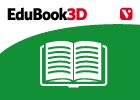
Arthropods
EduBook Organización
- 3898 visitas
Characteristics of arthropods Arthropods are the largest animal group on Earth. The most characteristic feature of arthropods is their external skeleton. The articulated exoskeleton (external skeleton)…
-
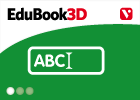
Complete a summary. Energy
EduBook Organización
- 3870 visitas
Complete the sentences with the correct words: temperature hot changes renewable volume cold Non-renewable heat energy sources artificial The most common forms of energy are electrical and . The Sun,…
-
True/false. The evolution of industry and mining
EduBook Organización
- 3869 visitas
Are the following sentences true or false?: Most of the coal and iron produced in Spain was for the domestic market. The coal used in Spain came primarily from Asturias and León. In Catalonia,…
-
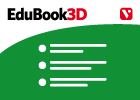
Our planet Earth
EduBook Organización
- 3847 visitas
Most of the Earth is made up of the geosphere. This is a large sphere of rock with a diameter of 13000 km. A large part of the geosphere is covered by the hydrosphere. This is a layer of liquid water…
Te estamos redirigiendo a la ficha del libro...












